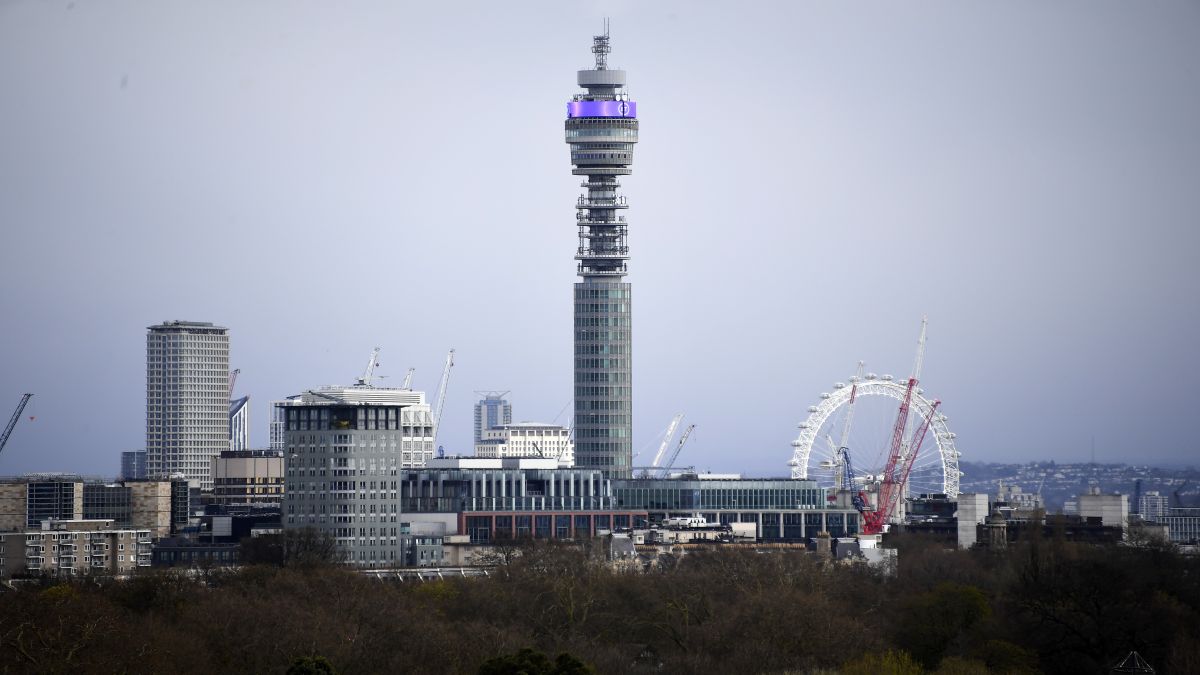In the heart of London, amid famous landmarks like St. Paul’s Cathedral and the Tower of London, stands the BT (British Telecom) Tower. Now a big change is on the cards. The BT Tower, a telecommunications hub since 1964, is getting a makeover. Soon, you can book a stay there, as it is being transformed into a hotel.
British telecom giant BT Group announced Tuesday the sale of its famous tower. A look at the history of the iconic building and the changes in store.
The sale of the BT Tower
The London-listed company has agreed to sell the building for £275 million ($347 million or Rs 2,877 crore) to New York-based MCR Hotels.
“MCR Hotels… plan to preserve BT Tower as an iconic hotel, securing its place as a London landmark for the future,” BT said in a statement.
The sale is part of BT’s strategy to reduce costs and real estate holdings, according to a statement released on 21 February, as reported by Bloomberg.
Brent Mathews, BT’s Property Director, said the tower, located in the heart of the capital, played an important role in carrying the nation’s calls, messages, and TV signals. “This deal with MCR will enable BT Tower to take on a new purpose, preserving this iconic building for decades to come,” he added.
Impact Shorts
More ShortsTyler Morse, CEO and owner of MCR Hotels, said the conversion to a hotel would open the doors “for generations to enjoy”.
A place in history
The building, initially known as the Post Office Tower, was completed in 1964 and officially opened by then-prime minister Harold Wilson the following year. Standing as a symbol of London’s post-war revival in the 1960s, the tower quickly became an iconic landmark in the city.
At 177 metres (580 feet) in height (or 189 metres including aerial rigging), it held the title of London’s tallest structure for 16 years until being surpassed by a skyscraper in the City of London financial district in 1980.
Originally, the tower served as a hub for various network operations and connectivity antennas. It featured a rotating restaurant on its 34th floor, offering panoramic views of the city, and a viewing gallery. However, its amenities were marred by a bomb explosion in 1971 on the 31st floor, resulting in significant damage but fortunately no casualties. Subsequently, the revolving restaurant and viewing gallery were closed to the public.
Despite these setbacks, the tower continued to evolve over the years. In recent times, it gained popularity for its 360-degree LED display, which broadcasts messages commemorating major events such as royal baby births and sporting victories.
London’s booming hotel industry
London is experiencing a surge in five-star hotels.
Property services company Savills director of commercial research Mat Oakley stated that the deal demonstrated “that interesting and well-located buildings in London have potential for rejuvenation and repurposing.”
Last year, it saw a multimillion-pound renovation of Claridges and the debut of Peninsula London and Raffles London at the OWO.
After completion, the BT Tower will face competition from hotels such as the Shangri-La in The Shard, which is currently the tallest building in London.
With inputs from agencies


)

)
)
)
)
)
)
)
)



